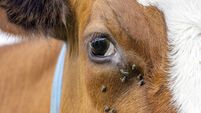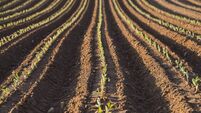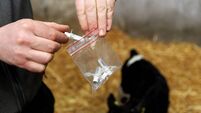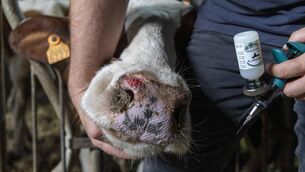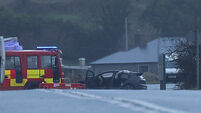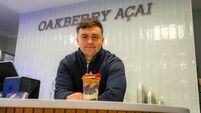Mapping out a life without aid of digitised maps
It’s from the Department of Agriculture, but it’s not mine.
I look at my wife with a quizzical expression. “Mary Cassidy was down and left that for you to look at.”
The envelope contains an aerial photograph and a separate instruction sheet. It’s similar to thousands of other Government letters distributed to every land owner and farmer in the country over the last few weeks. Each one has the various land parcels farmed in 2011 framed in red. Each parcel has been digitised and given a number that shows its exact area.
The one on my table is the property of Paddy Cassidy, a neighbour and good friend. Paddy and Mary Cassidy own about six acres on which is situated their house and a collection of small sheds. Married now almost 50 years and after rearing five children, Paddy is a hardy 82 and Mary a vivacious 76, and they are the best example I know of how to make a small-holding work for you.
While the intensity of their work has lessened in recent years, hay is still saved, calves are still reared, and those sheds remain fully operational — a wonder of construction and purpose, be they the calving stalls, bedding pens with feeding areas, or just for fodder storage. Theirs obviously isn’t farming for the purpose of mass food production, but it is farming distilled down to its most basic purpose, the rearing of animals and growing of crops with the aim of helping to feed, clothe and educate.
I say helping, because Paddy worked for years in a local factory, before it closed in the early 1980s. Those were tough times, with the children still very young. Part-time work on various farms followed, before he settled into full-time employment as head man on a local dairy farm.
All this time, the six acres was at their back. Upwards of 15 animals were kept, between cows and calves — mostly bought in — and reared to the yearling stage. Later, they changed to buying yearlings and rearing them on to stores.
With a steady wage once again coming in, and profits from their farming enterprise helping out, the family were reared, educated and in time, found their own way in the world.
So I arrive up to the house with the maps, and explain that they are all in order. Tea is poured out, and home made buns produced. The kitchen is warm, and the conversation touches politics, local gossip and the GAA.
I also bring sad news; an uncle of mine who was a school friend of Paddy’s has passed away in Dublin. Paddy is downcast. He mentions an old school friend who played hurling with my late uncle, and says the news will go hard with him. Mary lifts the conversation with the announcement that she and Paddy have just finished a course.
“A course?” say I. “Yes, she says. We went off up the country, and did a day-long course in being GAA stewards.” She produces the two certificates that show both herself and Mick have done the required module and have passed the written exam. It’s only the first step, I’m told, a trip to Killarney for further lectures is required. I ask about the exam. “We were sat in a hall with 50 others at desks, with three lads up and down between us keeping us quiet, and no copying.” You’re joking, I say, still looking at the certificate. “At 76 years of age, you sat an exam?” Yes, says Mary, beaming.
At home later, I turn to my own department envelope with its digitised maps, and I smile. These rules and regulations govern our lives — but knowing how to live, now that’s a completely different matter!



